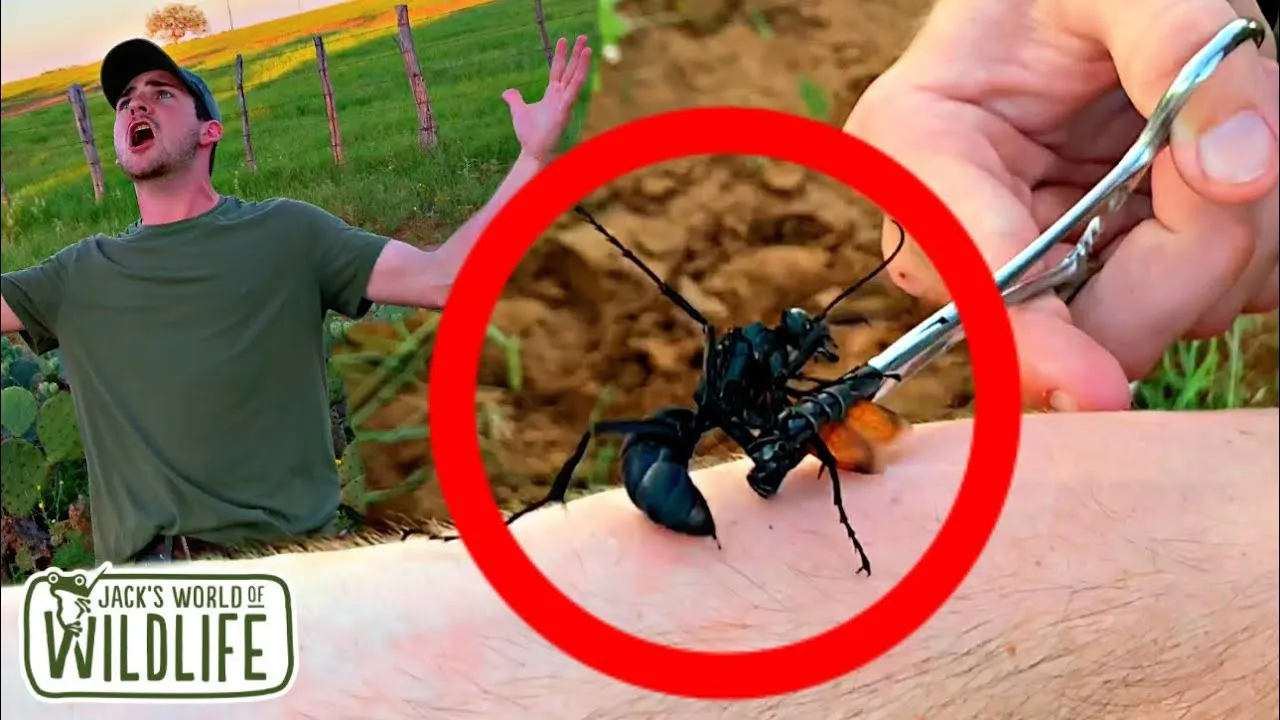Tarantula Hawk Bite Understanding the Danger
The tarantula hawk, a large, striking wasp, is renowned for its incredibly painful sting. Found primarily in the southwestern United States, these wasps are a fascinating yet formidable part of the ecosystem. Understanding the tarantula hawk bite is essential for anyone who spends time in their habitat. This guide will help you navigate the potential dangers and provide actionable steps for survival and recovery. These wasps are not inherently aggressive, but they will defend themselves if they feel threatened, particularly if you disturb their nests or get too close to them. While a tarantula hawk sting is rarely fatal to humans, the pain can be excruciating.
What Is a Tarantula Hawk
Tarantula hawks are giant wasps belonging to the genus Pepsis. They are among the largest wasps in the world. They have a distinctive appearance with a metallic blue-black body and vibrant orange or rust-colored wings. They are solitary wasps, meaning they do not live in colonies like honeybees or yellow jackets. The females are significantly larger than the males, and they are the ones responsible for the infamous sting.
Appearance and Habitat

Tarantula hawks are easily identifiable by their impressive size, measuring up to two inches in length. Their habitats include deserts, grasslands, and scrublands, where they hunt tarantulas. These wasps prefer arid environments and are most active during the warmer months. They build nests in the ground or use existing burrows, and their range stretches across the southwestern United States and parts of South America.
Behavior and Aggression
These wasps are primarily solitary creatures. The females are known for their tarantula hunting behavior. They paralyze the tarantula with their sting and then drag it to a burrow, where they lay a single egg on the spider’s abdomen. The larva, upon hatching, consumes the paralyzed tarantula. Although they are not naturally aggressive towards humans, they will sting in self-defense if they feel threatened. They are generally more active during the day, especially in search of tarantulas or nectar.
The Science Behind the Tarantula Hawk Bite
The tarantula hawk’s sting is infamous for its extreme pain, often described as one of the most painful insect stings. This pain is caused by a potent venom, which has evolved to paralyze tarantulas but also causes intense distress in humans. The study of this venom and its effects helps in understanding the specific mechanisms behind the pain and potential treatments.
The Venom Composition
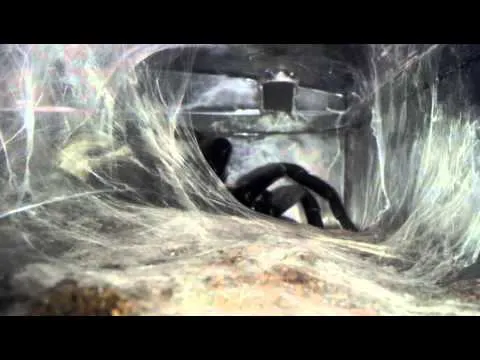
The venom of the tarantula hawk is a complex mixture of proteins and other compounds. While the exact composition is still under scientific investigation, it is known that the venom contains neurotoxins. These neurotoxins are responsible for disrupting the nerve function, leading to the intense pain and, in the case of tarantulas, paralysis. Research is ongoing to identify the specific compounds and their roles in the venom’s effects.
The Pain Scale and Intensity
The Schmidt sting pain index, created by entomologist Justin O. Schmidt, ranks insect stings based on pain level. The tarantula hawk sting is consistently ranked as one of the most painful, rated a 4, the highest possible score. Descriptions of the pain vary, but they often include terms like excruciating, blinding, and incapacitating. The pain is often described as a searing, throbbing sensation that can last for several minutes, even up to a few hours.
Why the Sting Is So Painful
The intensity of the pain from a tarantula hawk sting is attributed to the venom’s unique composition and delivery. The venom contains specific compounds that directly affect the nervous system, causing an intense burning sensation. Moreover, the wasp’s relatively large size and powerful sting allow it to inject a significant amount of venom. The sting’s purpose is to paralyze a tarantula, which is a much larger creature than a human. This requires a potent and effective venom, resulting in a painful experience for anyone unlucky enough to be stung.
Symptoms of a Tarantula Hawk Bite

Understanding the symptoms of a tarantula hawk bite is crucial for appropriate response and management. The symptoms can vary in their immediate presentation and in their longer-term effects. Recognizing these symptoms can help you determine the severity of the bite and the necessary course of action.
Immediate Symptoms
The most prominent immediate symptom is intense, excruciating pain at the sting site. This pain is typically followed by a burning sensation and a throbbing that may radiate outwards. The area around the sting may become red, swollen, and hot to the touch. It’s common to experience a sharp, piercing pain that can sometimes cause temporary paralysis in the affected limb. The shock of the initial sting can sometimes cause a temporary loss of consciousness.
Delayed Reactions
Delayed reactions to a tarantula hawk sting are less common but can include prolonged pain and swelling that persists for several hours or even days. Some individuals may experience muscle spasms, localized itching, and mild inflammation at the sting site. In rare cases, a systemic allergic reaction can occur, though this is less likely than with bee or wasp stings. If the bite is near a joint, you may experience limited range of motion due to pain and swelling.
First Aid for a Tarantula Hawk Bite
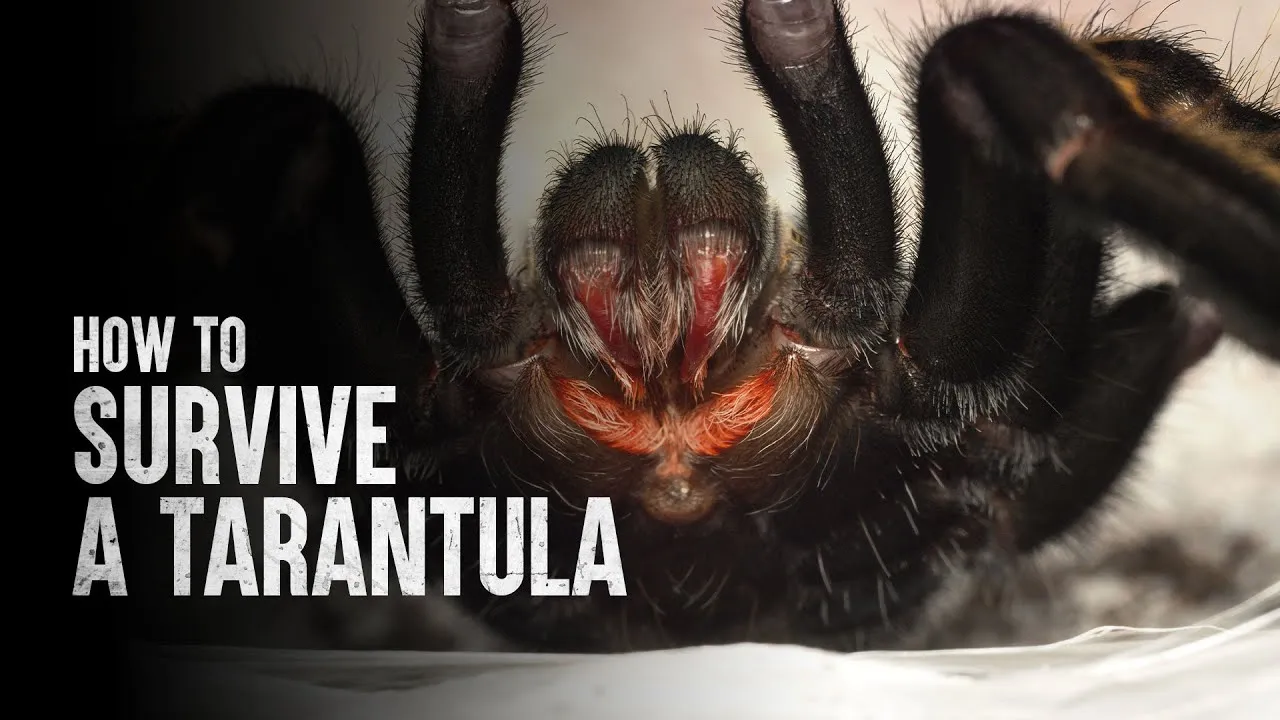
Proper first aid can help manage the pain and reduce the risk of complications from a tarantula hawk bite. Immediate actions and follow-up care are essential for effective treatment. This ensures that you are doing everything possible to mitigate the effects of the sting.
Initial Steps to Take
The first step is to remain calm and move away from the area to avoid additional stings. If the stinger is still present (unlikely, but possible), remove it immediately by scraping it out with a credit card or similar object – do not pinch it, as this can inject more venom. The next action is to clean the sting site gently with soap and water to prevent infection. Monitor the area and your body for any severe reactions, such as difficulty breathing or swelling of the throat, which require immediate medical attention. Call emergency services if necessary.
Treating the Bite Area
To alleviate pain, apply an ice pack to the sting site for 10-20 minutes at a time. Over-the-counter pain relievers, such as ibuprofen or acetaminophen, can help manage the pain. Avoid scratching the area, as this can increase the risk of infection. You can use antihistamines to reduce itching and inflammation. Elevating the affected limb can help to reduce swelling. If there is significant swelling or pain, consult with a healthcare professional.
When to Seek Medical Attention
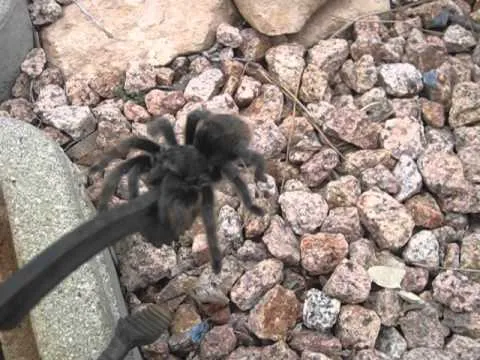
Seek medical attention if you experience severe symptoms, such as difficulty breathing, dizziness, or widespread swelling. Other reasons to seek medical care include signs of infection, such as increased pain, pus, or fever. If the pain is unbearable or does not subside after a few hours, consult a doctor. If you have a known allergy to insect stings, seek immediate medical care. It’s always better to err on the side of caution, especially when dealing with the effects of a potentially dangerous sting.
Long-Term Effects and Recovery
While the immediate pain of a tarantula hawk sting subsides, there may be long-term effects that can impact recovery. Understanding these potential complications and the expected recovery timeline is essential for managing your health after a bite.
Potential Complications
Potential complications from a tarantula hawk sting are relatively rare, but can include infection at the sting site. Secondary infections can occur if the area is scratched. Allergic reactions, though less likely than with other insect stings, may occur, with symptoms like hives or swelling. In rare cases, nerve damage or persistent pain may develop if the sting affects a critical nerve. It is crucial to monitor the site for any unusual changes and seek medical attention if needed.
Recovery Timeline
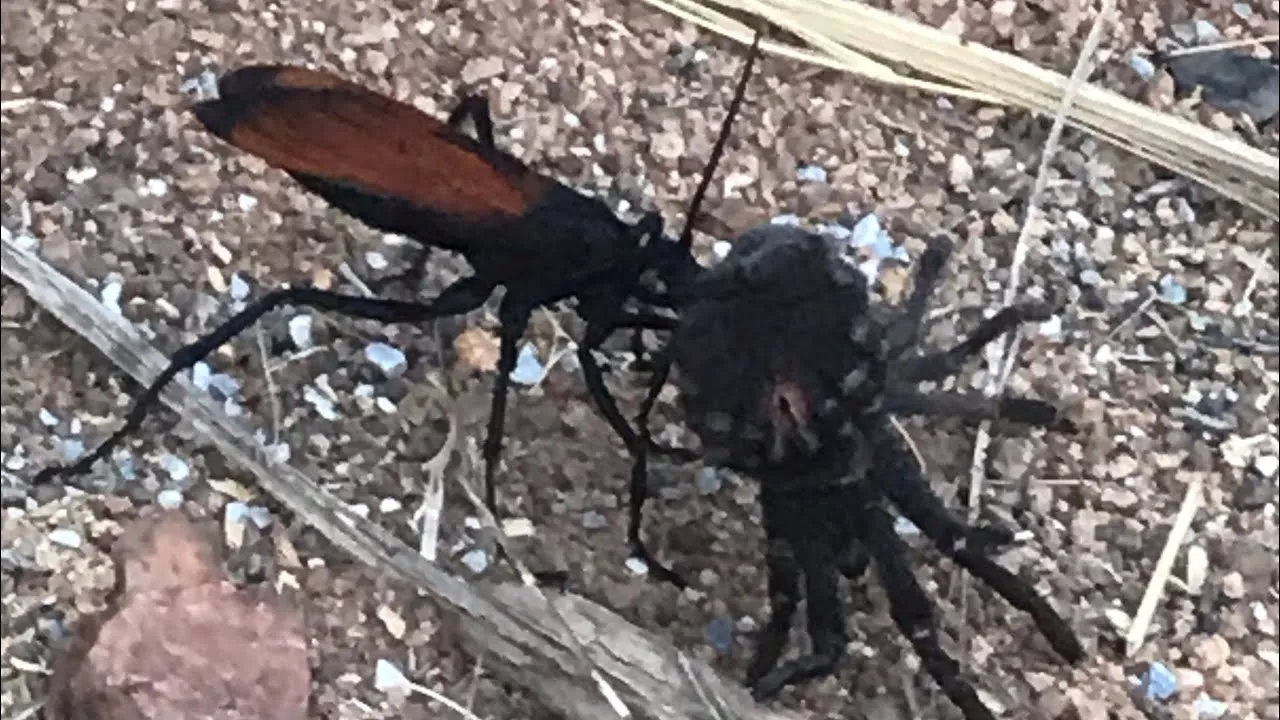
Most individuals recover completely within a few hours to a day. The initial pain subsides within several minutes, but localized pain and swelling can persist for several hours. Itching and mild discomfort may last for a day or two. In rare cases of severe reactions or complications, recovery might take longer, and require medical intervention. Pay attention to your body’s signals and don’t hesitate to consult a healthcare provider if your symptoms worsen or persist.
How to Avoid Tarantula Hawk Bites
Preventing tarantula hawk bites is the best way to protect yourself from the excruciating pain they inflict. By taking appropriate precautions and understanding their behavior, you can significantly reduce the risk of a sting. This is very important if you live in or visit areas where they are common.
Preventive Measures
Wear protective clothing, especially when working or hiking in their habitat. Long sleeves, long pants, and closed-toe shoes can offer a physical barrier. Avoid disturbing tarantula hawk nests or tarantulas, as this may provoke an attack. Be cautious near rocky areas, sandy areas, and dry washes, as these are common nesting sites. Use insect repellent, although it may not be effective against tarantula hawks. Educate yourself on the habitat and behavior of tarantula hawks to stay informed and aware.
What to Do if You Encounter One
If you encounter a tarantula hawk, remain calm and move away slowly and deliberately. Avoid making sudden movements or swatting at the wasp, as this can be interpreted as a threat. Do not attempt to handle or capture the wasp. Observe it from a distance to understand its behavior and movements. If a tarantula hawk lands on you, remain still until it flies away. If you accidentally disturb a nest, move away immediately to avoid a potential sting. The best approach is prevention and to be aware of your surroundings.
Conclusion Surviving a Tarantula Hawk Bite
Dealing with a tarantula hawk sting requires a combination of knowledge, preparedness, and swift action. Understanding the potential dangers, recognizing the symptoms, and knowing how to administer first aid can greatly increase your chances of a safe and successful recovery. While the pain from a tarantula hawk sting is legendary, it’s important to remember that these wasps are a vital part of the ecosystem. By taking appropriate precautions and educating yourself about these fascinating creatures, you can minimize your risk and appreciate them from a safe distance. Always be prepared and proceed with caution when in their natural environment.
